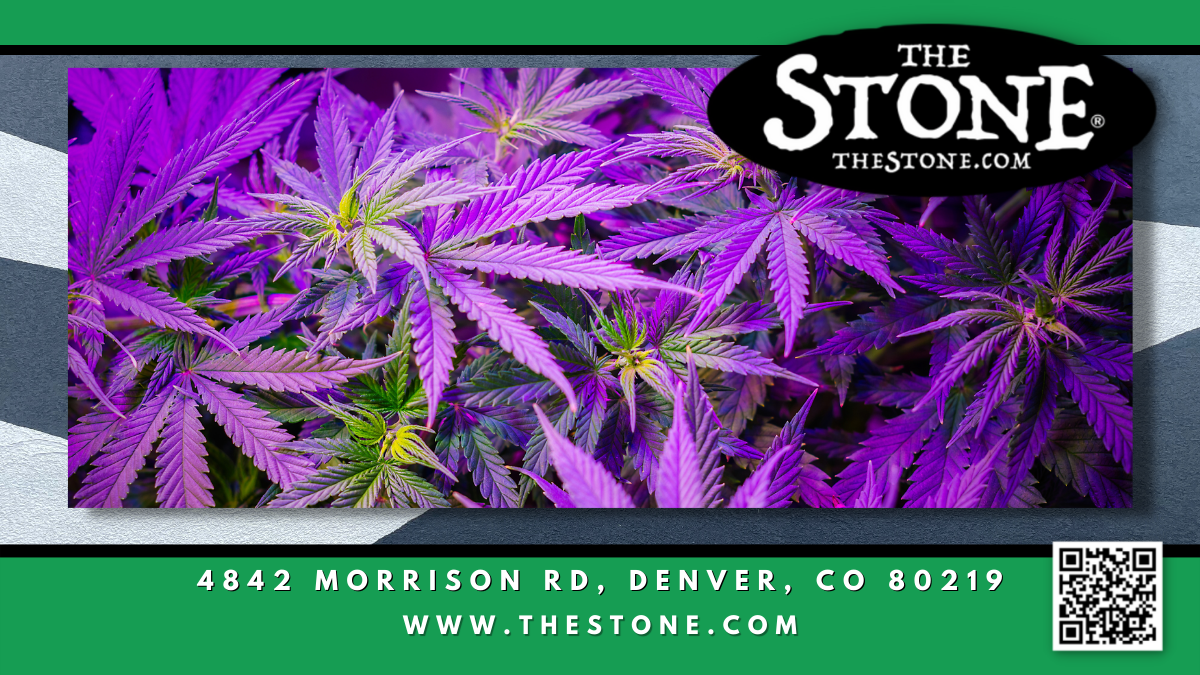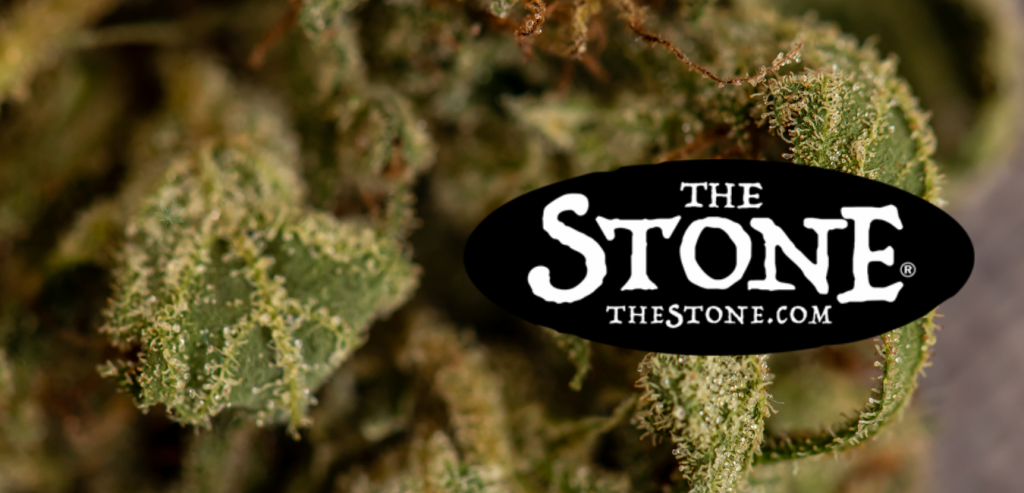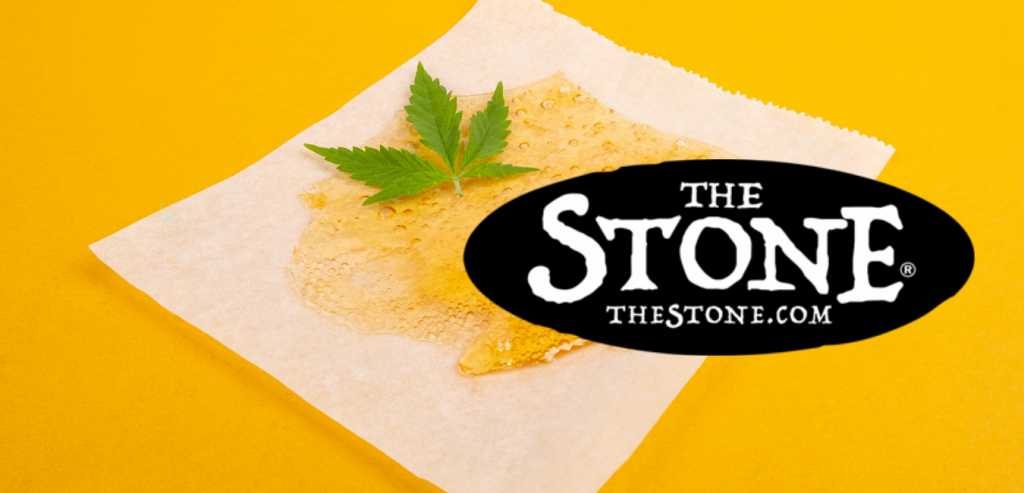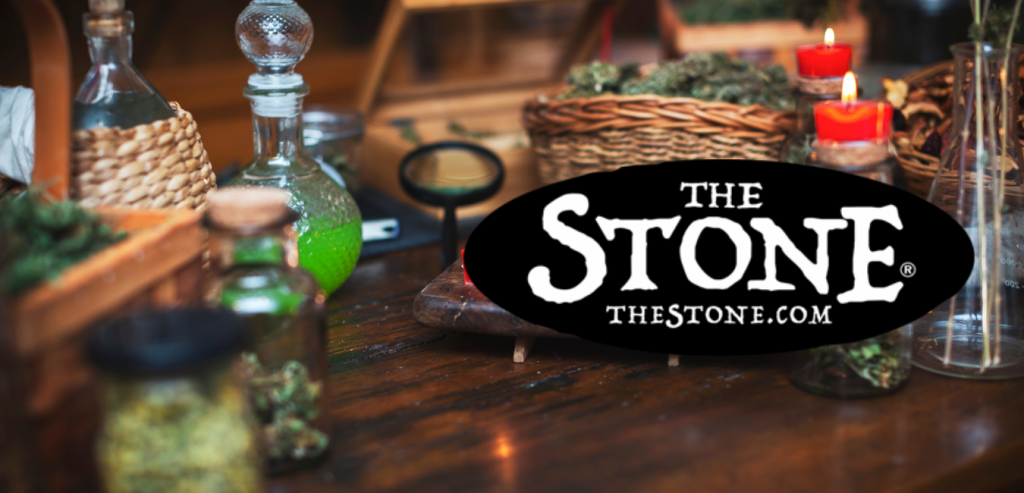
This website is for users aged 21 and over. Please confirm your age.

Marijuana or cannabis is a plant from the Cannabinaceae family, consisting of 6 genera and 113 species. Its plants are in use for different purposes, such as its leaves, flowers, and seeds. The two main varieties grown for medicinal uses are Indica and Sativa.

The plant leaves (or “buds”) contain the highest concentration of cannabinoids (primarily THC) and therefore have medicinal properties. They make tea, resin, marijuana edibles, extracts, or oils. We do not recommend Smoking is not recommend smoking since this destroys some of the active ingredients you should benefit from.
Since there are different varieties with different genetic traits, the color of your plants will tell you a lot about them. Sativa is ordinarily green, and Indicia can vary between white, green, and even red hues.

Again, this will depend on the variety and region where grown. Indica is also known as “trees” for its sturdier and taller appearance than Sativa.
There are different types, namely female or male. Female or pistillate plants have flowers that grow around a central bud at the top of the stem, which is used to pollinate male plants. On the other hand, Male or staminate plants have smaller flowers and grow in clusters along the stem to ensure their pollen reaches as many female buds as possible.
As mentioned, there are two main strains, Sativa and Indica; Sativa has an elongated body with narrow leaves while Indica is wider and often rounded.
A strong “skunky” smell indicates that the plant is high quality, just like in coffee beans. It is a range from fruity, citrusy, and fresh pine-like scents depending on what variety you choose, but growing conditions can also affect this. Just make sure you don’t accidentally smell the leaves of a poisonous plant to be on the safe side.

Yup, you did read that right! Cannabis leaves need ventilation, or they’ll get moldy and can cause issues for your health. If there’s not enough air circulating in your marijuana garden, the plants could suffocate.
It is crucial to dry or “cure” them before smoking or consuming them to ensure they do not cause any side effects such as cottonmouth, sore throat, and even paranoia. This drying process can take up to 4 weeks and requires proper protection from the sun’s rays.
If you don’t plan to smoke or consume them right away, it’s best to store them in a dark and dry place at room temperature in glass jars. Freezing is not recommended since this can also destroy some of the active ingredients.
If you’ve ever wondered what cannabis leaves look like, here are their different shapes and sizes so you’ll know what to look for.
These little leaves are considered smaller than a grain of rice. They consist of 3-5 long narrow leaflets with serrated edges similar to fern leaves. There is little information available on this type, but it’s believed they contain the highest amounts of THC.

Cannabis sativa is ordinarily green, and cannabis indicia can vary between white, green, and even red hues. Again, this depends on the variety and region where it is grown.
Cannabis indica is also known as “trees” for its sturdier and taller appearance than cannabis Sativa.
There are different types, namely female or male. Female or pistillate plants have flowers that grow around a central bud at the top of the stem, which is used to pollinate male plants. On the other hand, Male or staminate plants have smaller flowers and grow in clusters along the stem to ensure their pollen reaches as many female buds as possible.
By taking a close look at your cannabis leaves, you can get a good idea of whether or not your plant is getting the right amount of light, water, and nutrients. Here’s a quick guide to what your cannabis leaves might be trying to tell you:

They’re not getting enough light. Move your plant to a sunny spot or invest in some grow lights.
They’re not getting enough water. Water your plant more often or invest in a self-watering system.
They might be sick. Check for pests or diseases and treat accordingly.
By paying close attention to your cannabis leaves, you can keep your plants healthy and happy!
Cannabis leaves are a great way to learn about the plant and how it is doing. By looking closely at the leaves, you can determine if the plant is healthy, what kind of stress it may be under, and even if it is getting enough nutrients. Here are some things to look for when examining cannabis leaves.
The first thing to look at is the color of the leaves. If they are green, then the plant is likely healthy. If the leaves are yellow or brown, this may indicate that the plant is not getting enough nitrogen. If the leaves are red or purple, this could mean that the plant is not getting enough phosphorus.
Next, take a look at the shape of the leaves. If they are curled or bent, this could signify that the plant is under stress. This could be from too much or too little water, nutrient deficiencies, or even pests.
Finally, examine the surface of the leaves for any signs of pests or disease. These can include tiny holes, spots, or even mold. If you see any of these, it is vital to take action to correct the problem so that it does not spread to the rest of the plant.
By looking closely at cannabis leaves, you can get a good idea of the plant’s health and what may be stressing it. You can help ensure a healthy harvest by addressing any problems you see.
We warmly welcome you to explore our highly acclaimed strains, concentrates, and edibles. Serving recreational clients with pride is our passion.
At our dispensary, you'll find a professional yet inviting atmosphere that prioritizes your comfort and privacy. Feel free to stop by at your earliest convenience to experience it for yourself. We can't wait to serve you!


